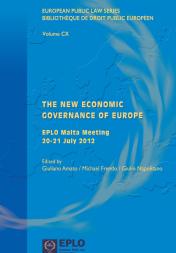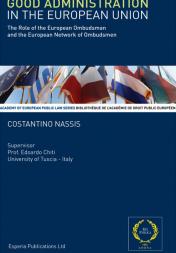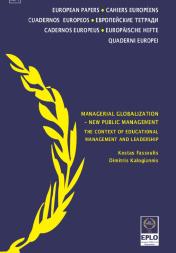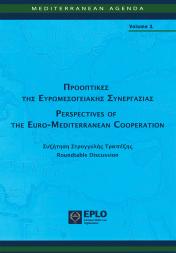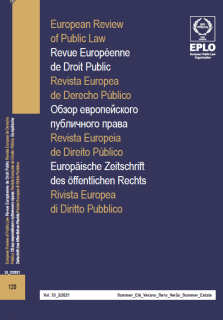
Introduction to International Environmental Law:
From Initial Steps to Institution Building
for the Conservation of the Environment
Part I
Member of the Istanbul Bar Association. Former Professor of Public Law and International Human Rights Law at the Faculty of Law, Istanbul University.
He was the Director of Istanbul University Centre for Research and Practice of Human Rights Law, and was a member of the Istanbul University delegation at the European Public Law Organization (EPLO) Board of Directors
The importance of preventing environmental harm, rather than remedying the injury realized, has been recognized. Although the requirements of prevention might be costly, it is understood that in many instances once harm has occurred, reparation might not be possible, or at least might not be less costly. Irreparability or irreversibility is in the very essence of much environmental damage depending on the scope and extent of long-range adverse effects of human activity causing degradation and injury. States’ practice, judicial decisions, the pronouncements of international organizations allow the emergence of some basic principles governing international environmental law. It is generally accepted that States have a duty to prevent, reduce and control pollution and environmental degradation, which in particular includes not causing transboundary harm, i.e., not allowing a State’s territory to be used in such a way as to damage the environment of other States or of areas beyond the limits of national jurisdiction. It follows a duty to cooperate in reducing environmental risks, which refers to means and methods of notification, consultation, negotiation in good faith, and where necessary or appropriate, to regulate and carry out environmental impact assessment. As a consequence, the environmental damage to be caused will result in responsibility and liability of such States.
L’importance qu’il y a à prévenir les atteintes à l’environnement, plutôt que de réparer le préjudice occasionné, a été reconnue. Même si les exigences de la prévention peuvent avoir un coût élevé, il est entendu que dans de nombreux cas, une fois le dommage survenu, la réparation peut ne pas être possible ou, du moins, ne pas être moins coûteuse. Une grande partie des dommages environnementaux sont par nature irréparables ou irréversibles, selon l’étendue et la portée des effets nuisibles à long terme de l’activité humaine à l’origine de la dégradation et du préjudice. La pratique des Etats, les décisions judiciaires, les prises de position des organisations internationales permettent l’émergence de quelques principes de base régissant le droit international de l’environnement. Il est généralement admis que les Etats ont le devoir de prévenir, réduire et maîtriser la pollution et la dégradation de l’environnement, ce qui implique notamment de ne pas causer de dommages transfrontières, c’est-à-dire de ne pas permettre que le territoire d’un Etat soit utilisé de manière à porter atteinte à l’environnement d’autres Etats ou de zones situées au-delà des limites de la juridiction nationale. Il s’ensuit un devoir de coopérer pour réduire les risques environnementaux, ce qui renvoie à des moyens et méthodes de notification, de consultation, de négociation de bonne foi et, lorsque cela est nécessaire ou approprié, de réglementer et d’évaluer l’impact environnemental. En conséquence, les dommages environnementaux qui seront causés entraîneront la responsabilité de ces Etats.









